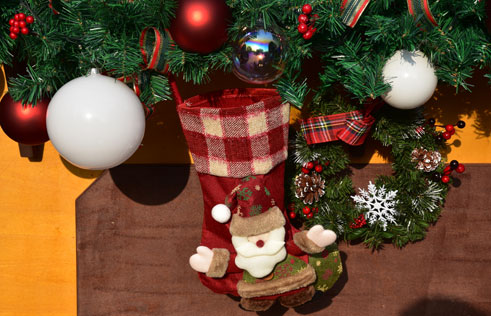Cold-brewing coffee and tea
 |
|
Mojito iced tea, suggesting the sweet aroma of white rum.[Photo/The New York Times] |
 |
|
A double-strength hot pour-over, with coffee directly over ice to dilute it.[Photo/The New York Times] |
Iced coffees and teas should be some of summer's simplest pleasures, especially when we just steep them in cold tap water, with no kitchen heat and next to no effort. But if you make even a desultory search for advice on cold brewing, you may find yourself mopping your brow deciding how, and even whether, to proceed.
Ratios of tea or coffee to water differ wildly from recipe to recipe; brewing times can be minutes or hours. And while some respected coffee authorities praise the virtues of cold-brewed coffee, others say it's just not as good as brewing a fresh hot cup right onto the ice.
I've found it calming to take a leaf from China and Japan, where one batch of tea is briefly infused as many as seven or eight times and each infusion enjoyed for its particular qualities. Variety can be just as pleasing as consistency, and it can be a way to discover new sides of our most familiar ingredients.
When we brew coffee or tea, we're doing a very basic thing: bringing plain water into contact with dried plant materials to imbue the water with flavor, color and various active substances, like caffeine and antioxidant polyphenols. It is a basic process, but not a simple one.
As water moves into the coffee particles or tea leaves, it dissolves or suspends hundreds of different substances and extracts them from the solids. If the water is hot, it extracts more rapidly and completely. Hot water also cooks as it extracts, forcing chemical reactions that transform some of the extracted substances into other things, and driving some aroma substances out of the liquid. Cold water, in contrast, extracts more slowly and selectively, produces a simpler extract, and doesn't change the original flavor substances as much.
So cold-brewed teas and coffees are chemically different from their hot counterparts. They tend to contain less caffeine and less acid. And, of course, they taste different. If the flavor of hot tea or coffee is your gold standard, then cold brews won't measure up. If you think of hot and cold brews as different drinks, just as a lager isn't the same as a pale ale, then you may find that you enjoy both.
There are a variety of specialized devices for cold-brewing coffee, including showy ones that pass water very slowly through the grounds, drop by drop, and plain functional ones in which the coffee is left to infuse in all the water overnight, then the brew drained from the grounds. The best known of these, the Toddy, is a plastic container with a thick feltlike pad that fits over a stoppered hole in its bottom. When the stopper is removed, the liquid drains through the mass of grounds and the pad, which filter out tiny coffee particles, letting a dark yet clear coffee concentrate drain into a pitcher. The concentrate can be diluted with either cold or hot water for a quick drink. Because it's quadruple-strength, it is also handy in cooking, to flavor things like ices and ice creams.
You can improvise a cold-brewing system using a French-press pot or just a pitcher or bowl, with fine sieves, cheesecloth, or cloth or paper filters to strain out the grounds. Infuse coarsely ground coffee overnight in cold water, about 5 cups for every 1/2-pound of coffee, then press or filter the brew from the grounds. In my experience this can become tedious because fine particles clog the filters. And if you leave particles in the brew, they cloud it and give it a rougher body.
Cold-brewed coffee is controversial. To summarize the substance of many recent interviews and blog posts: advocates praise its low acidity and lack of bitterness, and its intense but smooth flavor. Detractors find it lacking in aroma and body and say they get more of both by starting with a double-strength hot pour-over or French press. The pour-over, or a Chemex brew, can be made directly over ice cubes, the French press coffee added immediately to ice. With each, the ice melts and dilutes the coffee to an appropriate drinking strength. Some automatic coffee makers now offer settings and pre-measured coffee doses for brewing strong coffee onto ice.






















